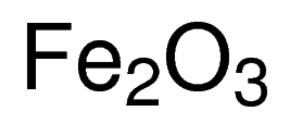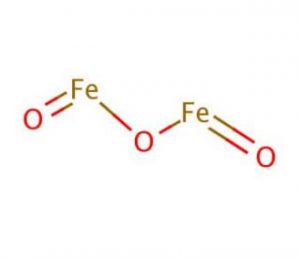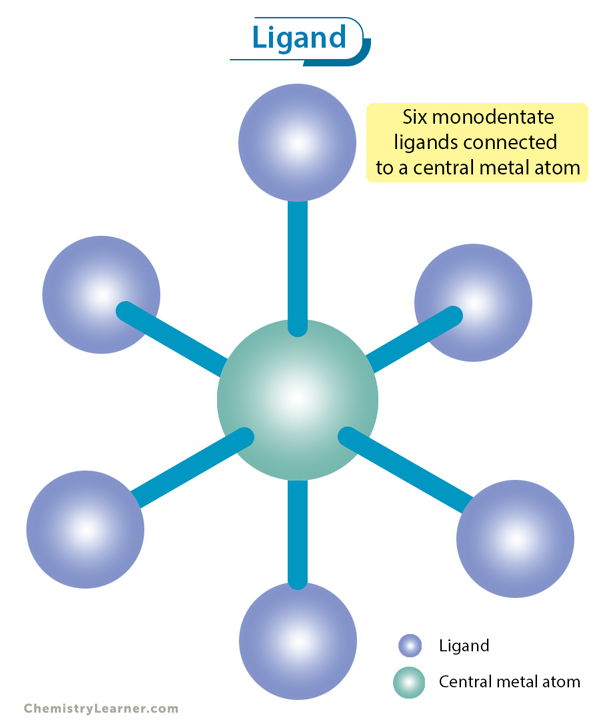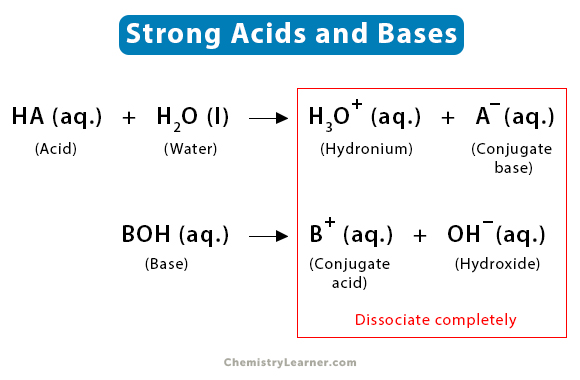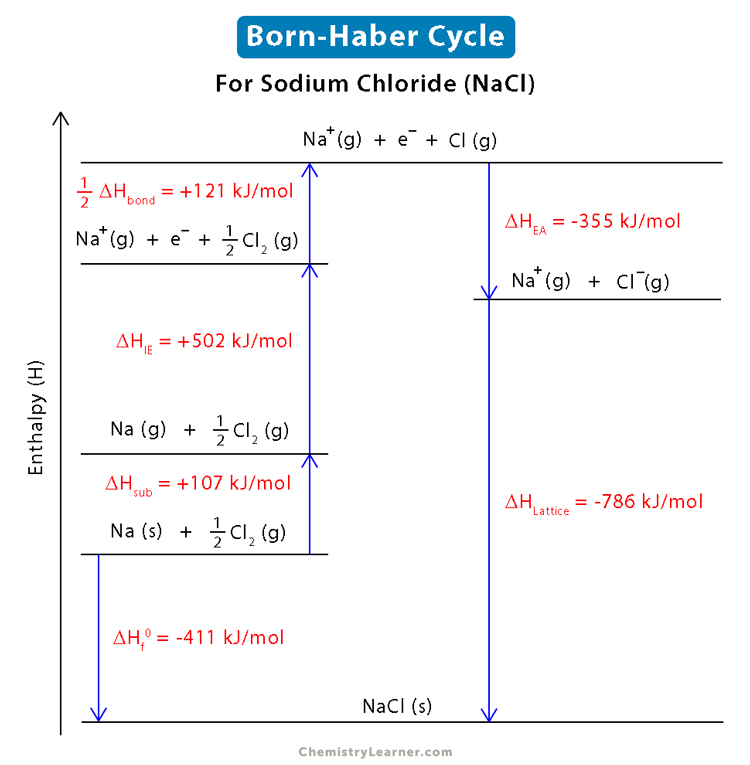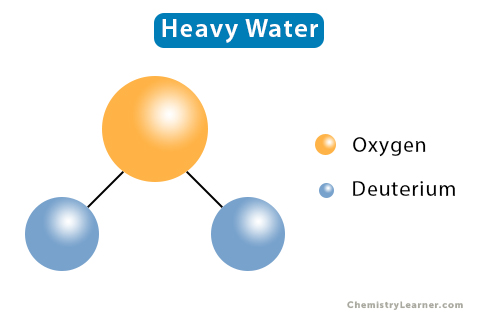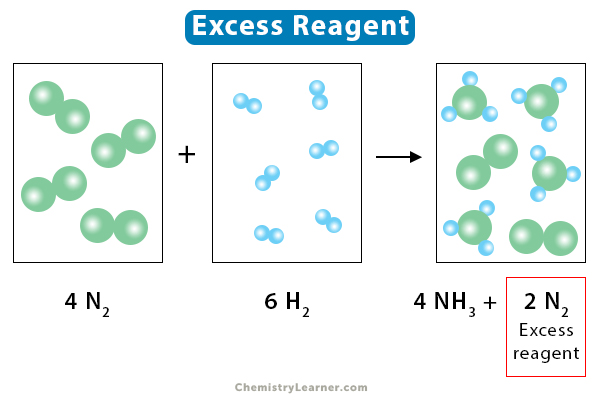Ferric Oxide
Ferric oxide, also called by its IUPAC name iron Trihydrate or iron(III) oxide, is an inorganic compound represented by the chemical formula Fe2O3 or Fe2H6O3 [1, 2]. It is one of the most important oxides of iron, the other two being ferrosoferric oxide (Fe3O4) and ferrous oxide (FeO) respectively [3, 4]. It naturally occurs as the mineral hematite [1].
Hydrated Ferric Oxide
It is a reddish-brown gelatinous compound produced upon addition of alkali to solutions containing Fe(III) salts. It is also called hydrous ferric oxide and can be chemically represented either as Fe2O3.H2O or Fe(O)OH [12]. Some common forms of the hydrated ferric oxide include red lepidocrocite that occurs externally in rusticles and orange goethite that occurs on the inside of rusticles.
How is Ferric Oxide prepared
Ferric oxide is synthesized in the laboratory through electrolysis of sodium bicarbonate solution, which acts as an inert electrolyte, and an iron anode. The electrolytic conversion of iron into hydrated iron (III) oxide is represented as:
4Fe + 3O2 + 2H2O → 4 FeO(OH)
The hydrated iron (III) oxide, thus produced, undergoes dehydration at around 200 °C to form ferric oxide [7].
2 FeO(OH) → Fe2O3 + H2O
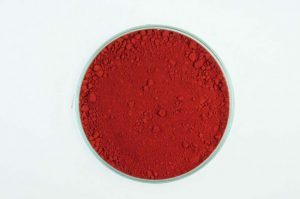
Ferric Iron Oxide Powder
Chemical Reactions with Other Compounds
Oxidation of Ferrous Sulfate to Ferric Sulfate
It involves oxidation of ferrous disulfide (FeS2) to ferrous sulfate (FeSO4), which is further oxidized to ferric sulfate [13]:
- FeS2 + 7O+ H2O → FeSO4 + H2SO4
- 2FeSO4 + H2SO4 + O → Fe2(SO4)3 + H2O
Aluminum replaces Iron from Ferric Oxide
Aluminum and ferric oxide undergo a redox reaction by which the metal replaces iron to form aluminum oxide:
Fe2O3 + 2Al → Al2O3 + 2Fe
Properties and Characteristics of Ferric Oxide
General Properties |
|
| Molar Mass/Molecular Weight | 159.68820 g/mol [1, 5] |
Physical Properties |
|
| Color and Appearance | Reddish-brown powder [1, 8] |
| Melting Point | 1538-1566 °C, 2800-2850 °F [8, 9] |
| Boiling Point | N/A [8] |
| Density | 5.24 g cm-3 [8] |
| State of matter at room temperature (solid/liquid/gas) | Solid [1] |
| Solubility | Soluble in warm HCl, slightly soluble in H2SO4 [9] |
| Solubility in Water | Insoluble [9] |
| Magnetic Susceptibility (χ) | 3.586 X 10-3 emu/Oe.g [10] |
| Heat Capacity | 103.9 J/mol.K |
Atomic Properties |
|
| Crystal Structure | Rhombohedral (α form), cubic (β and γ forms), orthorhombic (ε form) [11] |
Uses
- In iron industries for producing steel and alloys [9].
- Ferric oxide powder, also called jeweler’s rouge, is used for polishing lenses and metallic jewelry [14].
- Its granular form is used as a filtration media for pulling out phosphates in saltwater aquariums [14].
- As FDA-approved Pigment Brown 6 and Pigment Red 101, for use in cosmetics [14].
- In biomedical applications, because its nanoparticles are non-toxic and biocompatible [14].
Is it Dangerous
Prolonged exposure to its fume or dust can result in pneumoconiosis with fever, chills, aches, shortness of breath, and cough [15]. Repeated contact with eyes can discolor it and cause permanent iron staining [15].
- References
- Iron(III) oxide – Chemspider.com
- Ferric Oxide Red – Pubchem.ncbi.nlm.hih.gov
- Magnetite (Fe3O4) – Pubchem.ncbi.nlm.nih.gov
- Ferrous oxide – Pubchem.ncbi.nlm.nih.gov
- CHEBI:50819 – ferric oxide – Ebi.ac.uk
- Iron Oxide Dust and Fume (as Fe) – Cdc.gov
- Kinetics and mechanism of the dehydration of γ-FeOOH – Researchgate.net
- Iron(III) Oxide Particles – Americanelements.com
- Ferric Oxide – Chemicalbook.com
- Magnetic Properties of Materials – Sigmaaldrich.com
- Iron(III) Oxide – Chem.libretexts.org
- Iron Oxide (Fe2O3), Hydrate (Compound) – Pubchem.ncbi.nlm.nih.gov
- The oxidation of ferrous sulfate to ferric sulfate by means of air – Archive.org
- Uses of Iron Oxide – Zjunited.com
- Hazardous Substance Fact Sheet Iron Oxide – Nj.gov
